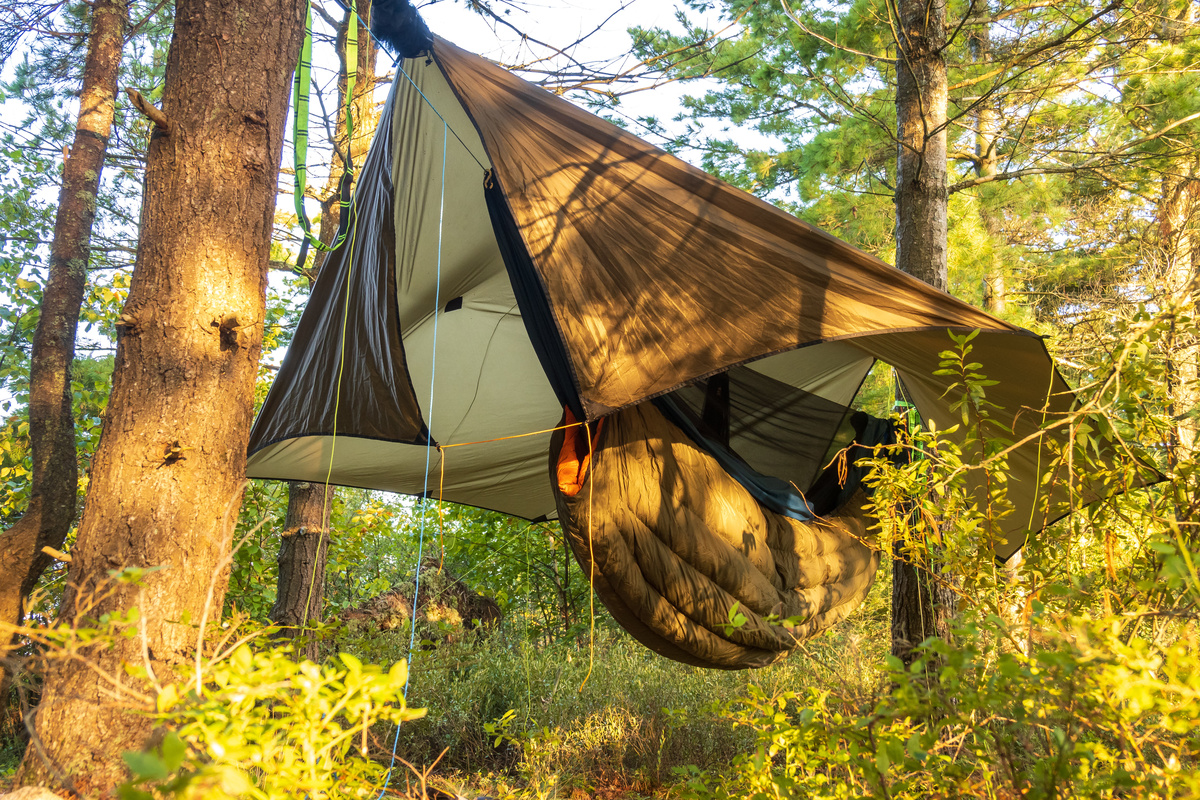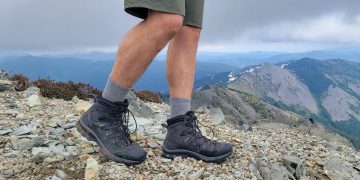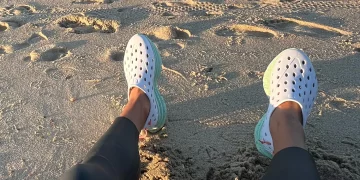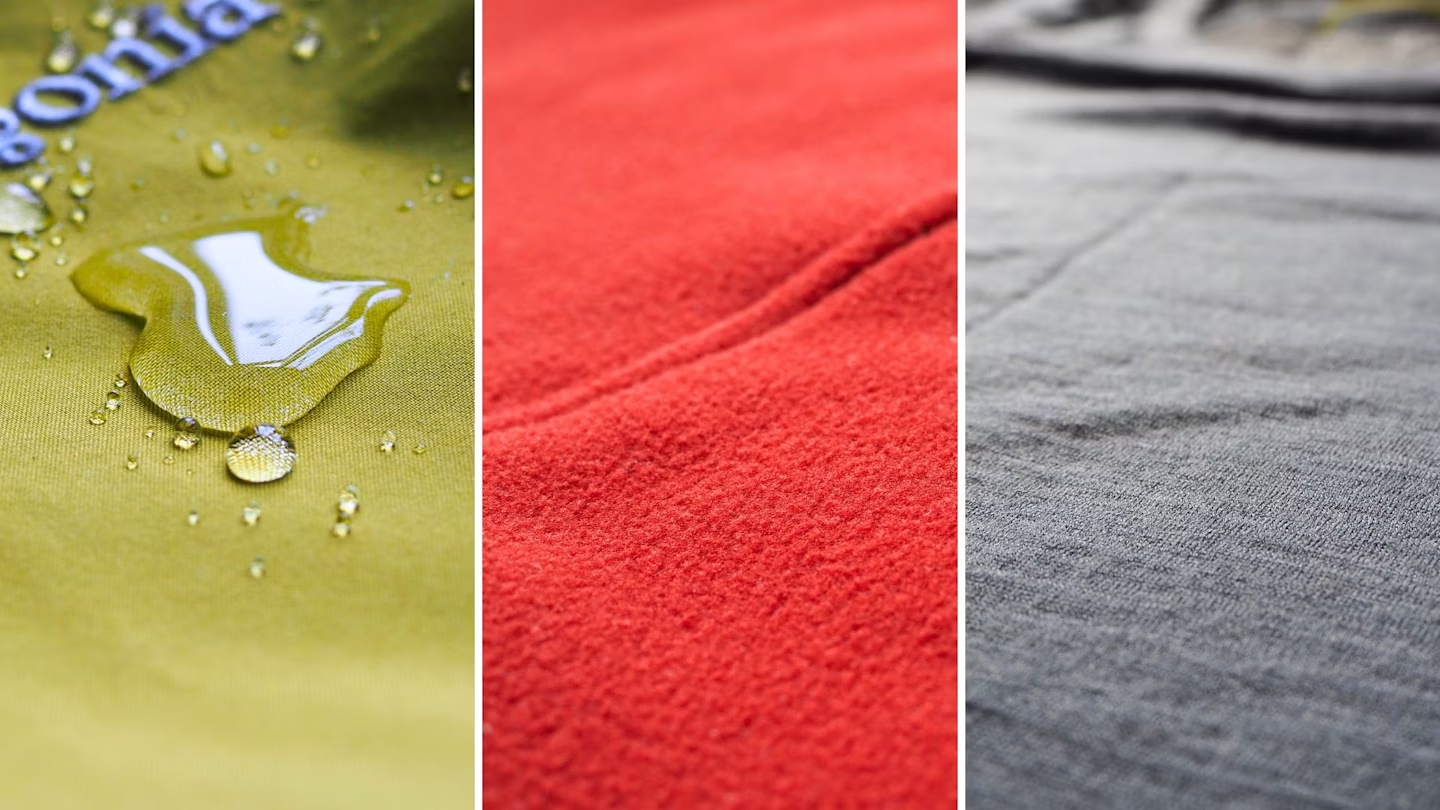Outdoor activities are an incredible way to connect with nature, boost physical fitness, and unwind from the demands of modern life. Whether you’re hiking, kayaking, skiing, or camping, the right gear can make or break the experience. But as gear options evolve and expand, one question often lingers: Is your gear actually compatible with your outdoor activity?
This article dives into the key considerations for choosing outdoor gear that aligns with your chosen adventure. We’ll explore the role of gear compatibility in improving performance, safety, and overall enjoyment. From hiking boots to tents, backpacks, and technology, let’s dissect the essential elements of gear compatibility across a range of activities.
The Importance of Gear Compatibility
When embarking on any outdoor activity, the equipment you use serves as your lifeline. A well-matched set of gear can significantly enhance comfort and safety, while mismatched or poorly selected gear could lead to discomfort, fatigue, and even dangerous situations. The following are some reasons why gear compatibility is crucial:
- Performance Enhancement: The right gear improves your performance, making tasks easier and more efficient. For example, lightweight hiking boots designed for rocky terrain will help you navigate better than standard running shoes.
- Safety Considerations: In many outdoor activities, the wrong gear can pose safety risks. A helmet that doesn’t fit properly during a biking trip or a poorly insulated sleeping bag on a winter camping excursion could lead to injury or health issues.
- Comfort and Enjoyment: When your gear works well for the task, you can focus on enjoying the experience rather than battling uncomfortable or inefficient equipment.
Choosing the Right Gear for Your Activity
Let’s break down some of the most common outdoor activities and explore what type of gear compatibility is required for each.
1. Hiking and Trekking
For hiking and trekking, gear compatibility is paramount, as it directly impacts your stamina and ability to handle the challenges of the trail. Here’s what you should look for:
- Footwear: Hiking boots or shoes should match the terrain you plan to tackle. Lightweight trail running shoes are great for flat, well-maintained paths, while heavy-duty boots are better for rocky, uneven, or snow-covered ground. The fit should be snug but not tight, with room for your toes to move.
- Backpacks: Your backpack should have enough capacity to carry your essentials (water, food, first-aid kit, etc.) while distributing weight evenly across your back. Look for features like padded straps, a waist belt for extra support, and ventilation systems if you’re embarking on a longer hike.
- Clothing: Layering is key. Waterproof, breathable fabrics like Gore-Tex are a great choice for jackets, and moisture-wicking base layers will keep you comfortable. A good rule of thumb is to always pack an extra layer, especially for colder altitudes or unpredictable weather.

When selecting your hiking gear, consider the duration, difficulty level, and weather conditions of the hike. The better your gear matches these factors, the more enjoyable your experience will be.
2. Camping
Camping gear compatibility is all about ensuring you have what you need to stay safe, warm, and comfortable in the great outdoors. The two main components to focus on are shelter and sleep systems.
- Tents: The right tent is critical for a successful camping trip. Three-season tents are a good choice for spring, summer, and fall, while four-season tents are designed for winter conditions. Your tent should match the number of campers and provide adequate protection from the elements.
- Sleeping Bags and Pads: When it comes to sleeping gear, choose sleeping bags based on the expected temperature range of your trip. In colder conditions, a down-filled bag will keep you insulated better than synthetic options. Also, a sleeping pad that offers proper insulation and comfort is essential for a good night’s rest.
3. Kayaking and Canoeing
Water sports require specialized gear, and compatibility can significantly impact your safety and performance on the water.
- Paddles: Kayak paddles should match your height and paddling style. A longer paddle is typically better for wider kayaks, while shorter paddles offer more control for narrower vessels.
- Life Jackets: Always opt for a life jacket that fits snugly and allows free movement, particularly around your chest and arms. Ensure it is rated for the specific activity you’re undertaking—whitewater life jackets, for example, have different buoyancy and protection features than recreational ones.
- Footwear and Clothing: For kayaking, look for water shoes or sandals with a sturdy sole to protect your feet from rocks and debris. Quick-dry clothes or moisture-wicking layers are also crucial to avoid chafing and stay comfortable on the water.
4. Skiing and Snowboarding
Skiing and snowboarding require specific equipment that ensures both performance and safety on the slopes.
- Ski or Snowboard Boots: The right boots ensure that your bindings are properly connected and provide the necessary support for your feet and ankles. Make sure your boots fit well, as ill-fitting boots can lead to discomfort and poor performance.
- Helmets and Goggles: Safety is the top priority when hitting the slopes. Your helmet should fit securely and be snug enough to stay in place during a fall. Similarly, goggles should provide clear visibility and fit comfortably over your face and helmet.
- Outerwear: Insulated, waterproof jackets and pants are non-negotiable for skiing or snowboarding. Breathability is just as important to avoid overheating on the slopes.
Key Considerations for All Outdoor Activities

While each outdoor activity comes with its own set of gear requirements, there are some universal factors that should be considered when selecting gear:
- Weight: Heavier gear can slow you down and tire you out, especially on long hikes or extended trips. Choose lightweight, compact options whenever possible, especially for backpacks, sleeping bags, and tents.
- Durability: Durability is crucial for outdoor gear, as it needs to withstand rough conditions and the wear and tear of active use. Opt for high-quality materials that can handle the challenges of nature, whether it’s rain, snow, or rugged terrain.
- Ease of Use: Gear that is difficult to use or requires a lot of setup or maintenance can detract from the enjoyment of your outdoor activity. Choose gear that is intuitive and easy to set up and operate, especially in situations where you need to make quick decisions (such as setting up camp in a storm).
- Environmental Impact: Sustainability should be considered when selecting outdoor gear. Look for brands and products that emphasize eco-friendly materials and practices, such as recycled fabrics or biodegradable components.
Troubleshooting Common Gear Issues
Even the best gear can occasionally have compatibility issues. Here’s how to troubleshoot some common problems:
- Incorrect Fit: Gear that doesn’t fit properly can cause discomfort or even injury. For footwear, always try on boots or shoes with the socks you intend to wear. For backpacks, make sure the straps are adjustable to your body size.
- Inadequate Insulation: If you find yourself feeling cold on a camping trip or in the snow, check your sleeping bag’s temperature rating. For winter sports, a lack of layering or improperly insulated outerwear can leave you shivering.
- Overpacked or Underpacked: Packing too much gear can weigh you down, while packing too little can leave you without essentials. It’s all about finding a balance—review your gear list and cross-check it with your activity’s requirements.
Conclusion
In the end, the compatibility of your outdoor gear with your chosen activity is an essential element in ensuring a safe, comfortable, and enjoyable experience. From selecting the right footwear for hiking to choosing the proper tent for camping, each piece of gear plays a critical role in your success outdoors. Take the time to assess your needs based on the environment, activity type, and personal preferences. With well-matched gear, you’ll be prepared for anything nature throws your way.























